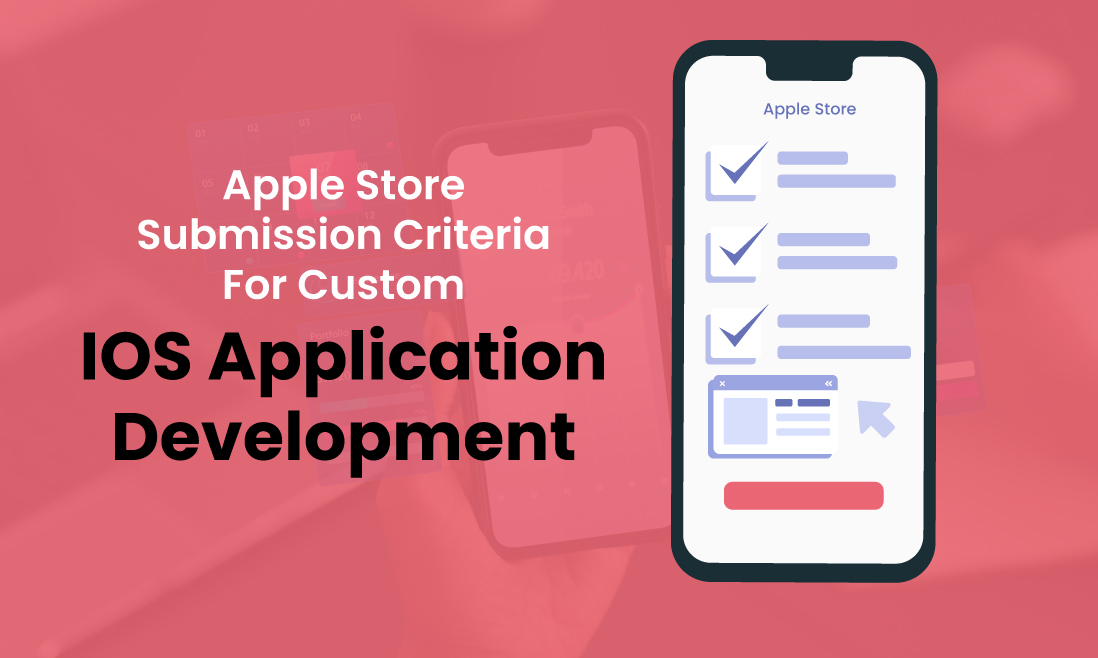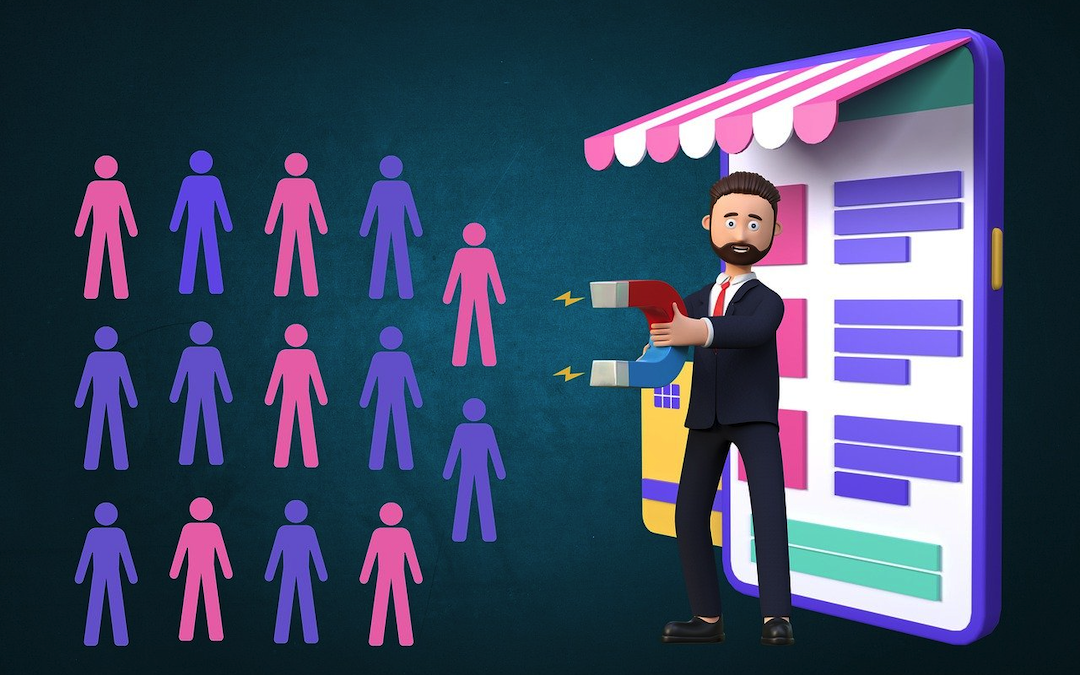
Creating and designing apps is fun. However, it takes time to get them into customers' hands. First, developing apps and then releasing them into the Apple Store is a crucial concept.
The Apple Store is no doubt the most advanced platform, with two million applications. The application landscape continues to evolve, and the demands continue to grow. Moreover, now it is easy to use WordPress to develop apps without writing a single line of code.
Despite all these perks, the Apple Store platform is quite challenging. Apple claimed to reject 1.7 million apps as they were incompatible with Apple guidelines. Publishing apps on the Apple Store is not a piece of cake! They need proper docs, certificates, and more before releasing the App to the Apple store. So, these factors make it tricky to release apps on the Apple Store.
However, we are not here to frustrate you but to help you! We created criteria and guidelines for publishing apps on the Apple Store. So, for custom iOS application development, we need to apply these guidelines.
A Comprehensive Guide To Publishing iOS Applications In The Apple Store
Publishing apps on the Apple Store is the last phase of the application development. As you already build and test apps, the last thing is to release the app. It is perfectly fine if you aim to publish apps on the Apple Store at the start of development. However, there is a chance of rejection because Apple does not accept incomplete apps.
Apple accepts only those apps created by you, not for others. Apple removes apps from the App Store if you submit ones developed by someone else.
The submission process depends on the app development platforms. If you are looking for custom iOS application development with XCode, you need to consider IDE steps to publish them directly.
Crucial Requirements For Successfully Submitting iOS Applications
You must keep these requirements in mind before submitting apps to the Apple Store. Here are some points:
- Developers ensure the product meets Apple's guidelines. These include certificates, networks, and third-party involvement, among others.
- Incomplete development and testing cause getting kicked out in the first step of submission.
- Ensuring app privacy follows Apple's guidelines.
- Apps are fully prepared and well-functioning before submitting the request.
- Consider Apple's technical and analytical criteria before releasing apps.
- Don’t copy someone else's content as your own.
Now, let’s get straight to the point. Follow the step-by-step process to launch iOS apps on the App Store. So, let’s learn!
- Join the Apple ID.
- Inquiring about the app before submission.
- Create a listing for the Apple store.
- Add app screenshots.
- Deploy using Xcode.
- Wait for submission until Apple has reviewed it.
1. Join The Apple Developer Program.
You must be a member of the Apple developer program to release apps on the Apple store. Also, if you do not participate in the Apple Developer Program, first create an Apple development account.
If you are an individual, they will need your name and address. After logging in, they enable your two-factor authentication for safety.
The same goes for large corporations or businesses. They also need two-factor authentication and Apple ID. Some other enrollment includes:
- D-U-N-S number
- Legal status
- Legal Authority
- Website
Plus, you can use this to regulate your iPhones, iPads, macOS, and other Apple accessories.
2. Inquiring About Apps Before Submissions
Inquire about bugs and errors in the app before releasing it on the app store. First, generate a bundle iD with Xcode that shows your app is unique. XCode gives you the pre-built template, but make sure your app is unique.
Remember, after publishing the App to the Apple market, you can’t modify its bundle iD.
Second, create the app version using bidding strings; the structure should be: [Major].[Minor].[Patch]. Additionally, you can select the app category in which they lie so users can access them easily. App Store options include:
- Books
- Music
- Entertainment
- Supports
- Medical
- Weather
There are millions of apps available on the Apple store.
3. Create A Listing By Apple Store Connect.
Apple Store Connect involves the participants of the Apple Developer Program. They can deploy, test, and maintain apps there. It comes with everything, including sales, analytics, testing, and many more.
Here is the point on how to create a listing by Apple Connect:
- Signing your account.
- Check the “+” button from the main menu.
- Select a platform like iOS and others.
- Add the name of the app and which category it lies.
- Add privacy measure in URL.
- Select app pricing.
You have an option to re-launch your app once after the Apple approval.
4. Add App Screenshots.
Now, it is the time to show your custom iOS application development to the real world. You have two options to show your app: whether to add screenshots or use a mockup to create templates.
These approaches are the best to show your app specification and how it works to the outside world. Also, Apple offers many sizes for screenshots and templates. The reason is that there are many devices with different sizes present in the market.
5. Deploy Using Xcode
Now, the time arrives for deploying apps with Xcode. It is crucial to have bug-free and error-free apps; otherwise, they will not get approved.
The latest version of Xcode 11 makes publishing easy. You deploy your app with a few clicks.
6. Wait For Submission Until Apple Has Reviewed It.
After successfully deploying apps with Xcode, your apps are now ready to launch. But wait! Apple approval is crucial before launching the apps.
But don’t panic; take it easy! Reviewing takes some time. Apple will send you an email either approving or rejecting your app.
Your app status will automatically change after review. But as already said, it takes time!
Final Thoughts
After custom iOS application development, launching the app on the Apple Store might be challenging. However, you can catch the App Store's eye on your app with the ideal guidelines.
The Apple Store launching app criteria might be a bit tricky. However, following best practices ensures your app meets the outside world. So, consider these approaches and see your ideas transform into reality!
Share this post
Leave a comment
All comments are moderated. Spammy and bot submitted comments are deleted. Please submit the comments that are helpful to others, and we'll approve your comments. A comment that includes outbound link will only be approved if the content is relevant to the topic, and has some value to our readers.




Comments (0)
No comment